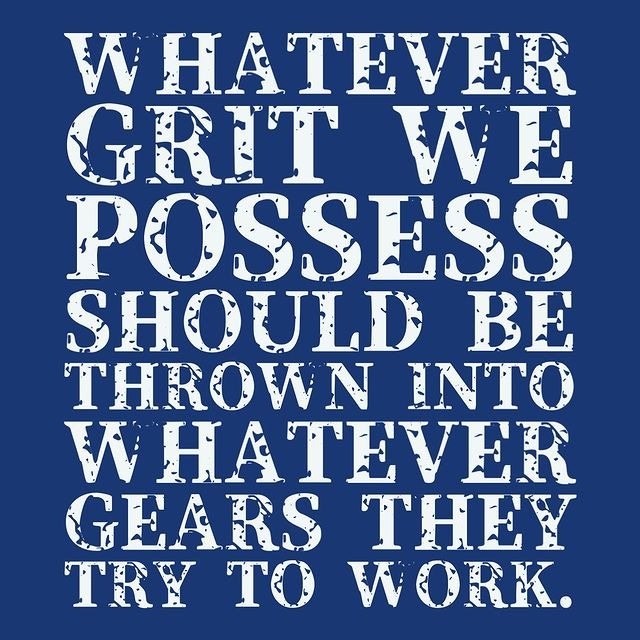Preliminaries
I love the parody of complaints about the “deep state,” supposedly “woke bureaucracies that frustrate the Manchurian Cantaloup’s “concepts of plans.” I honor its appeal to millennials, especially gamer culture, as we need everyone in this fight. More formally, however, we may think of the term “kakistocracy.”
Enter Stephen Himmler
Also, more formally than the fun, while we may and should criticize the incompetence of the Mango Mussolini’s nominations and appointments, we must understand that Project 2025 consists of the marching orders by which federal bureaucracies will be decimated. They will be ended, as in the Department of Education, or repurposed, like Justice. I’m thinking in particular about the vulnerability of Maine’s former and stellar CDC chief, Nirav Shah, now number two at the US CDC.
I’ve altered this image from the one blocked on Instagram by Meta’s AI, by crudely replacing Himmler’s offensive patch with the one used by Charlie Chaplin in “The Great Dictator.” I’ve also the ‘I’ in his name with the signo de apertura de exclamación for good measure. Look at how angry this one gets when he’s calmly challenged to defend his “data.”
Our Grit, Their Gears
Data and truth will be ash when the wildfire of Project 2025 sweeps though the federal bureaucracy. Hear me out, I think our resistance should include defending federal bureaucrats. In my second post of this series of Resources for Resistance, I briefly mentioned Alvin Gouldner’s idea of “the metaphysical pathos of bureaucracy.”1 In contrast to our concerns about “red tape,” Gouldner suggests that rules also are resources. Still not convinced? Consider all of the public health recommendations that formed a cadre within MAGA. The Politics of Nonviolent Action, by Gene Sharp (Boston: Porter Sargent, 1973) includes a whole host of methods of political noncooperation. Download these now.
We can refuse to recognize political appointees to federal bureaucracies and support those inside who don’t pull up stakes like Jack Smith. They may not be able to. Gene Sharp documents how both Lenin and Eisenhower had trouble with civil servants. As Truman said,
He’ll sit here, and he’ll say, ‘Do this! Do that! And nothing will happen. Poor Ike—it won’t be a bit like the Army. He’ll find it very frustrating.2
That grit includes discerning between incompetence and cruel strategizing, and responding appropriately to each. Such discernment is key to our strategy. Strategy is what one uses because resources are limited, and the privations of the wildfires will limit them further.
Gene Sharp marveled that people without explicit training in nonviolent methods managed to intuit them and use them effectively. I ask you to imagine if they did know, and planned accordingly in advance.
Consider this exercise one of my professors used to use in his classes, and which I adopted at the beginning of the Sociology of War and Peace.
Write down five ways to kill someone.
Write down five ways to make peace.
What do you notice?
Among the things my students noticed was that the comparison was unfair. These were not equivalent questions. Killing was an endpoint of a conflict, which could have had other resolutions up until that endpoint. Ah. Also, they said that peacemaking was harder and took more time. Ah. Let’s use well the time we have.
Gouldner, Alvin W. “Metaphysical Pathos and the Theory of Bureaucracy.” The American Political Science Review 49, no. 2 (1955): 496–507. https://doi.org/10.2307/1951818.











